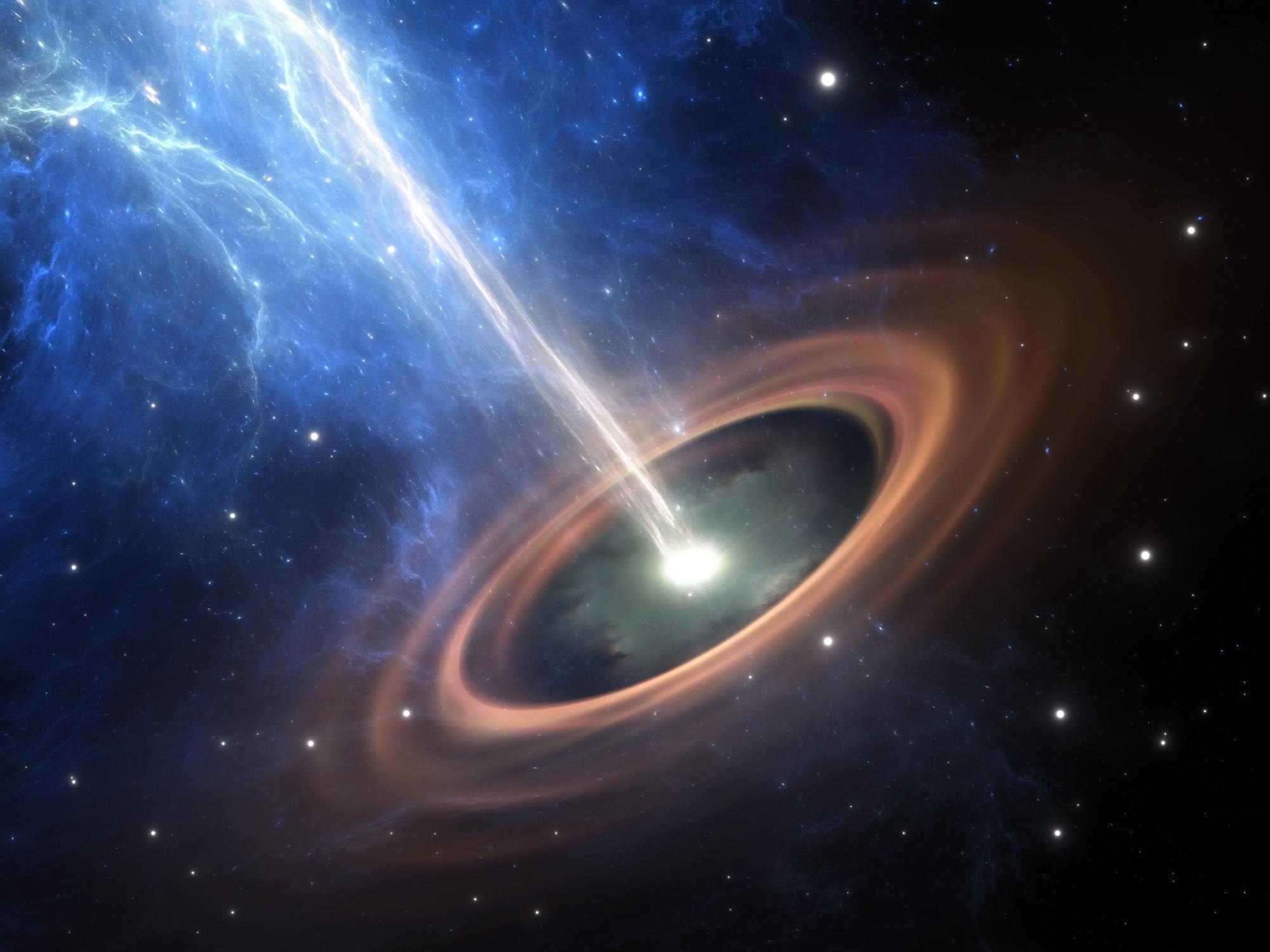Black holes are detected by the gravitational wave signal they emit upon colliding with other black holes. Such black holes could be the product of much earlier parent collisions.

Image Credit: Shutterstock.com/ Jurik Peter
Until now, such an event has only been suggested, but researchers from the University of Birmingham in the United Kingdom and Northwestern University in the United States hope they are closer to detecting the first of these purported “hierarchical” black holes.
In a study published in the journal Nature Astronomy, Dr. Davide Gerosa from the University of Birmingham and Dr. Maya Fishbach from Northwestern University propose that the latest theoretical discovery along with astrophysical modeling and recorded gravitational wave data will allow researchers to interpret gravitational wave signals precisely from such events.
The LIGO and Virgo detectors detected the first gravitational wave in September 2015. This enabled researchers to produce highly refined and advanced interpretations of such signals.
Currently, there is ardent activity to verify the presence of alleged “hierarchical mergers” even though the detection of GW190521 in 2019 — the most enormous black hole merger detected to date — is considered to be the most potential candidate until now.
We believe that most of the gravitational waves so far detected are the result of first-generation black holes colliding. But we think there’s a good chance that others will contain the remnants of previous mergers. These events will have distinctive gravitational wave signatures suggesting higher masses, and an unusual spin caused by the parent collision.
Dr. Davide Gerosa, University of Birmingham
Moreover, gaining better insights into the environment in which such objects may be produced will help ease the search. This should be a setting with a huge number of black holes, and one that is dense enough to hold back the black holes after their merger, so they can continue to merge again.
These could be, for instance, nuclear star clusters or accretion disks — made of plasma, a flow of gas and other particles — encircling the small regions at the center of the galaxies.
The LIGO and Virgo collaboration has already discovered more than 50 gravitational wave events. This will expand to thousands over the next few years, giving us so many more opportunities to discover and confirm unusual objects like hierarchical black holes in the universe.
Dr. Maya Fishbach, Northwestern University
Journal Reference:
Gerosa, D & Fishbach, M (2021) Hierarchical mergers of stellar-mass black holes and their gravitational-wave signatures. Nature Astronomy. doi.org/10.1038/s41550-021-01398-w.